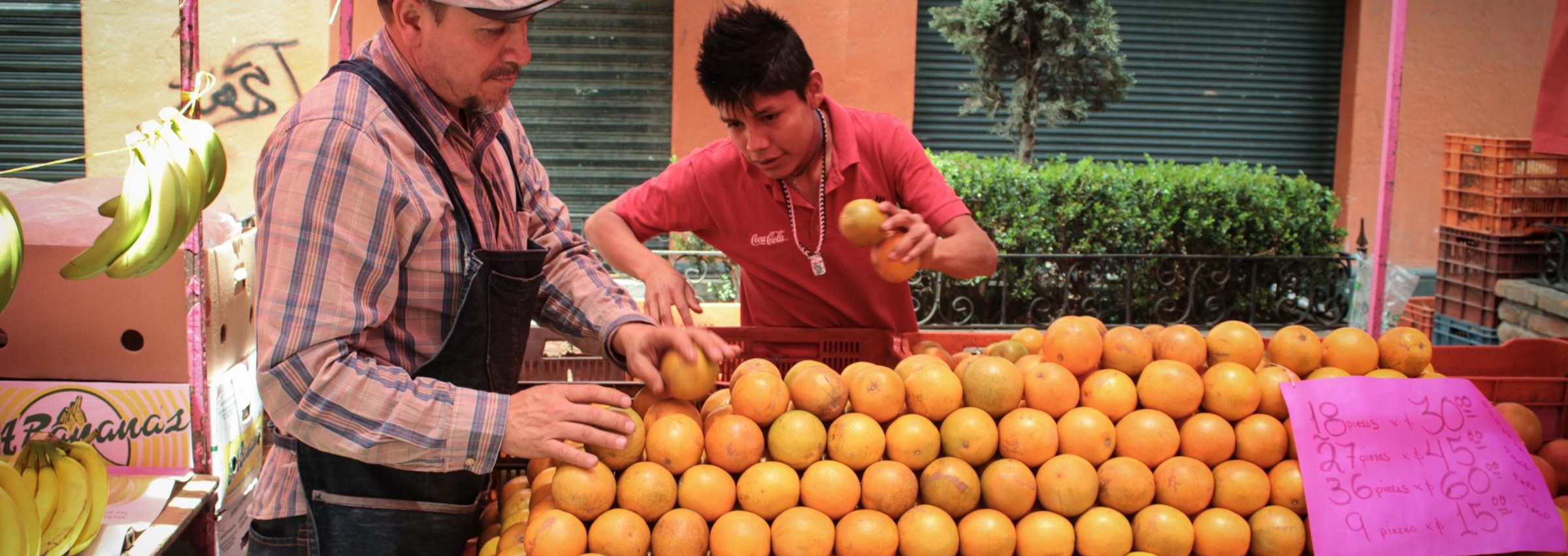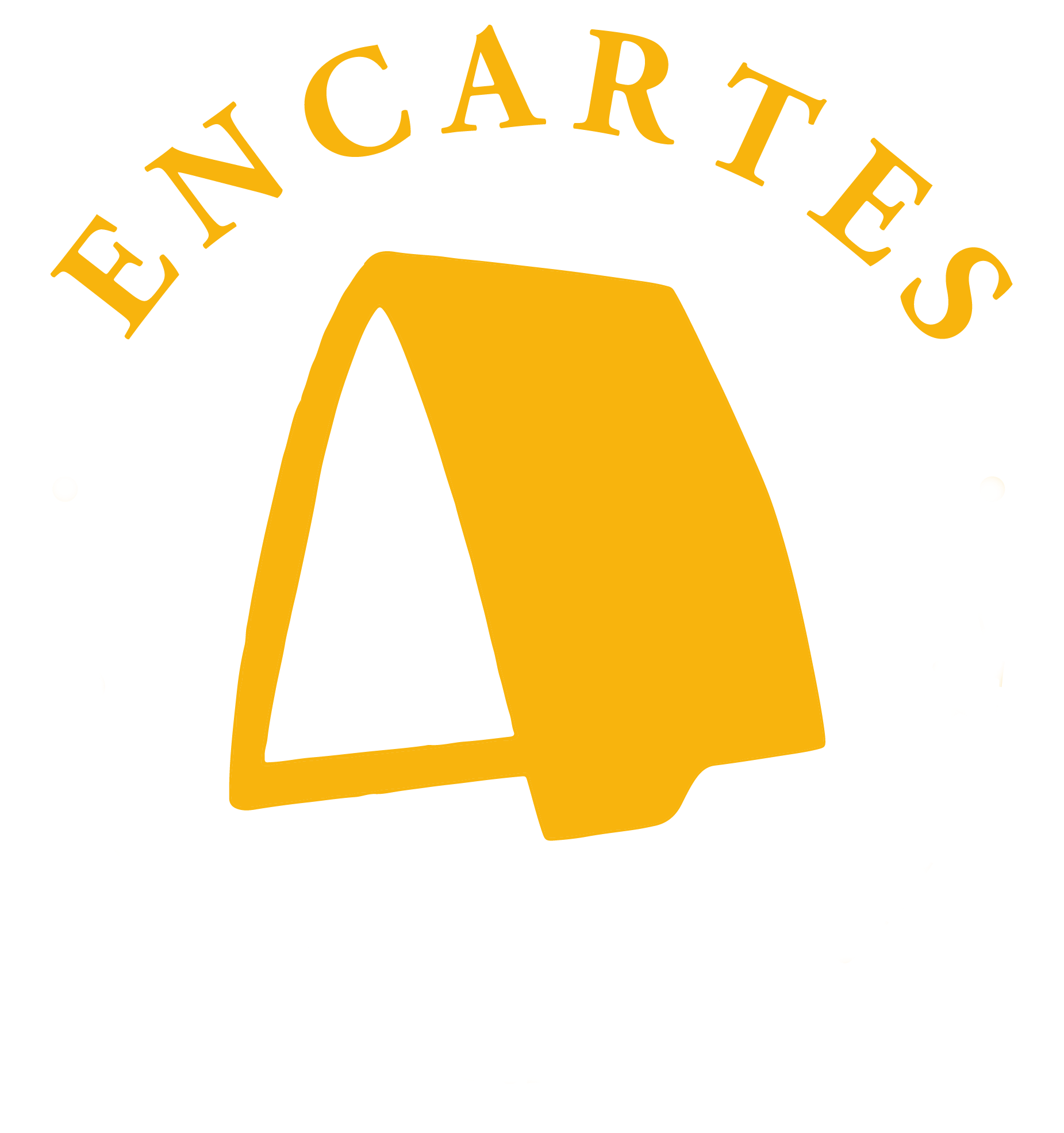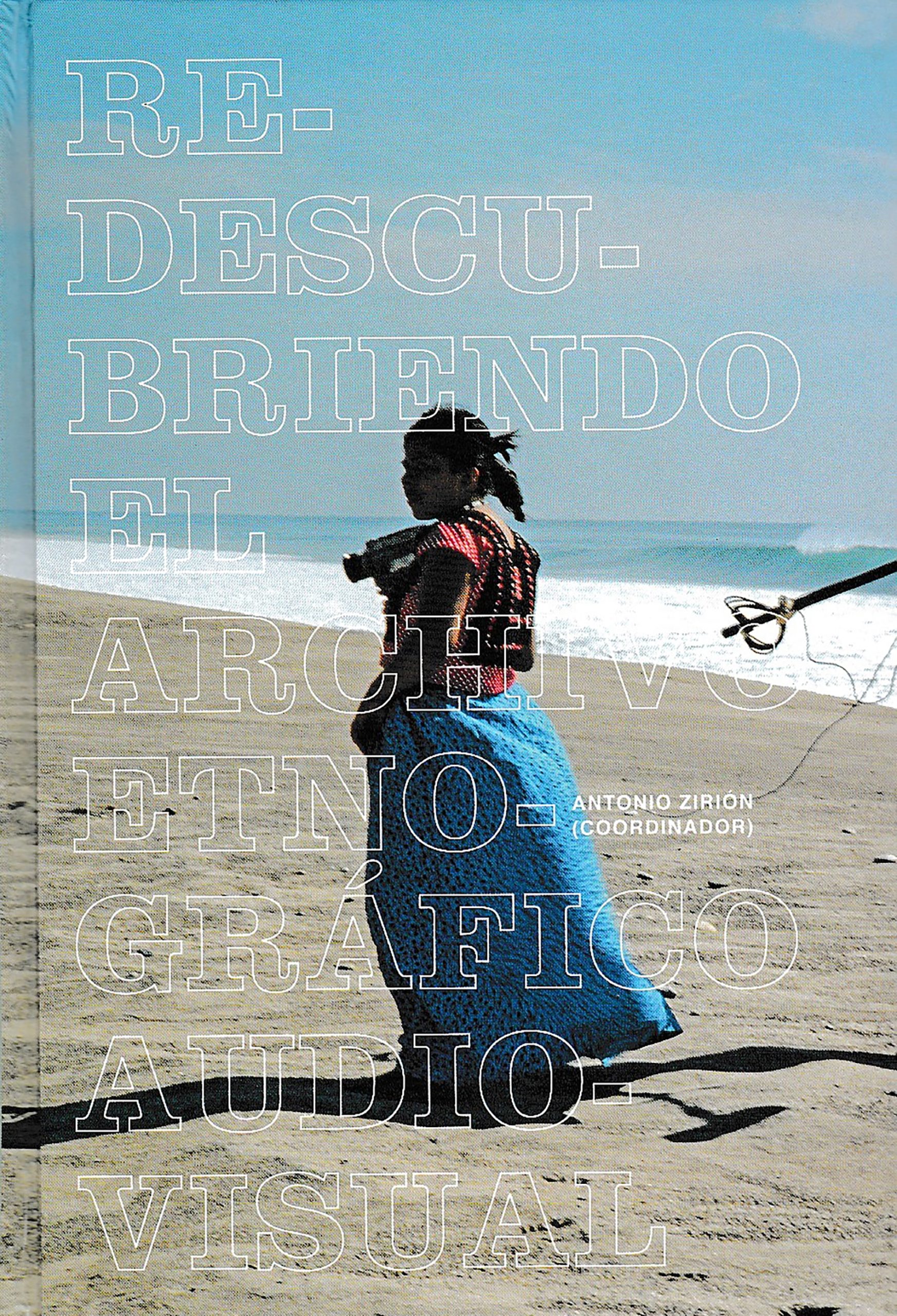home » visual anthropology
Articles about "visual anthropology"
Realidades socioculturales
Vol 8 No 16 (2025)
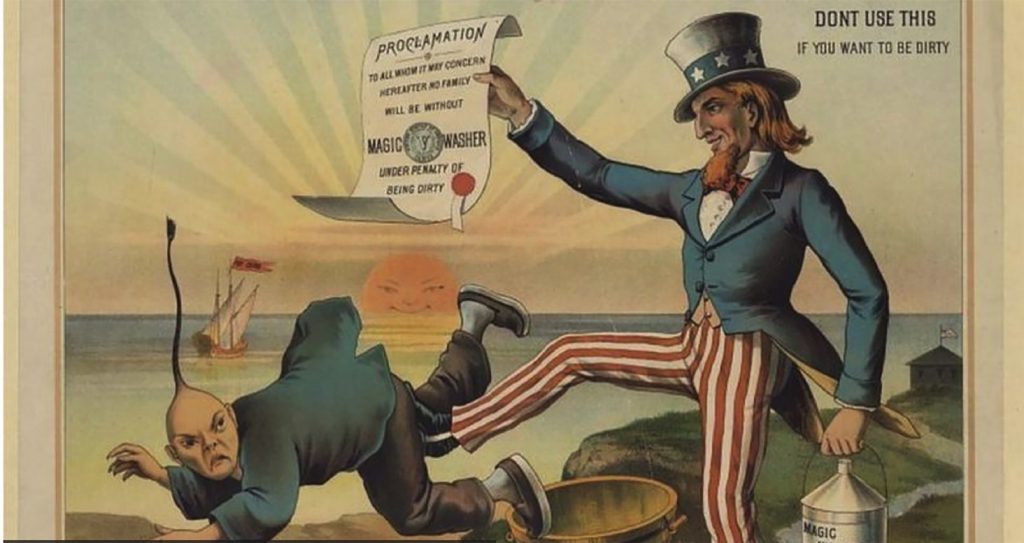
Between Sinophobia and Mythology, an essay on visual anthropology and social networks.
- Arturo Humberto Gutiérrez del Ángel
In this essay we seek to understand and analyze how mythological structures occupy a central place in sinophobic thought and how social networks operate as a vehicle for it. We use the tools of visual anthropology, which allow us to study these fields: the anthropological foundations of mythology and its expression in the form of memes, smashupsfilms and even songs. To achieve this end, digital ethnography occupied a preeminent place. Moreover, this type of thinking is triggered by social conditions. We will demonstrate how the sinophobic content in the smashups The social conditions, such as pandemics, are exacerbated by the presence of the Chinese.
EncArtes multimedia
Vol 4 No 8 (2021)
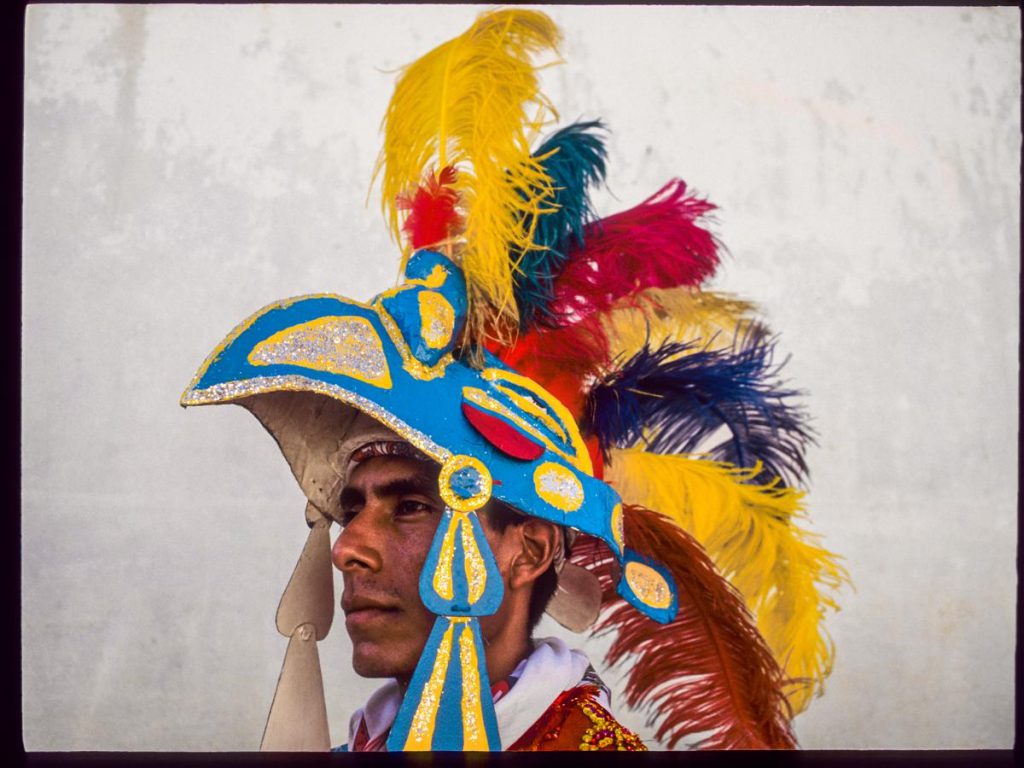
Images of the Conquest in Tlacoachistlahuaca, Guerrero, A Story out of Many…
- Carlo Bonfiglioli
The dance that is the subject of the images presented in this photographic essay dialogues with many stories. It all depends on where, when and for whom those stories are danced. For the missionaries of the xviiAccording to the first promoters, this dance was a means to inculcate and celebrate the arrival of the new religion. But in the first century xixWith independence and later with the victory of the Juarista army over the French, the vision of the victors changed sides and with it the dances changed as well. The rural teachers took the place of the missionaries and became protagonists of a new way of thinking and presenting the past; the first pro-indigenist variants began to occupy the stage or else they mixed or coexisted with the pro-Ispanist variants. Through the work of a certain Casimiro Jiménez, probably a native of the neighboring state of Oaxaca, one of these pro-indigenist variants began to spread in the Mixteco-Amuzgo region of the Costa Chica of Guerrero, between 1910 and 1915. My Amuzgo friends loved to reconstruct its diffusion in the region, and today this is the story they are most interested in telling. The other, the history told through dance, also makes them proud because despite the defeat, their ancestors shine for their bravery and their resistance. I hope that the connoisseur and the specialist in these subjects can appreciate in the photos that I present the echoes of these stories whose protagonists are surely much more numerous than those who appear on the screen.
EncArtes multimedia
Vol 4 No. 7 (2021)
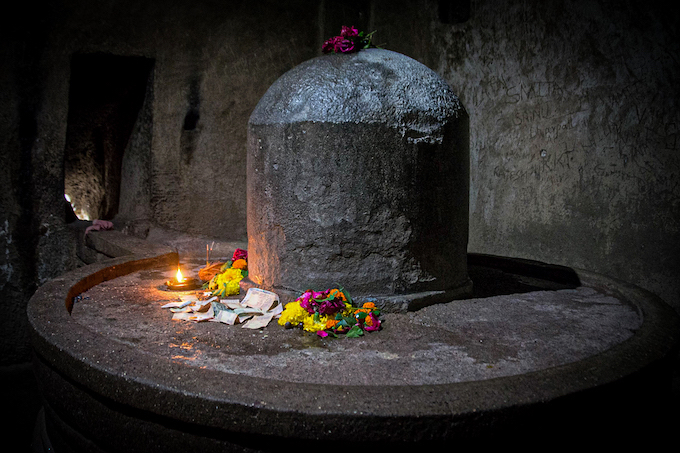
Śiva: nothing of him vanishes, he only transforms. Visual anthropology of urban mythological art
- Arturo Humberto Gutiérrez del Ángel
- Greta alvarado lugo
Whe present essay seeks to show, through a singularity of images, how myths, in one of their many expressive ramifications, materialize in a narrative way in what we call plastic expressions of the good errant. Its minimal units operate with signifiers built on a multiplicity of objects that refer the errant to meanings linked to those beings of the universal endeavor. To demonstrate our plastic hypothesis, we will exemplify the mythological complex related to Śiva, one of the most outstanding deities of the Indian cosmogony, referring to various manifestations and presences of this god in the colorful streets of India.
EncArtes multimedia
Vol 2 Num 4 (2019)
Building hope: the participatory social documentary as a research methodology in an evangelical rehabilitation center in Tijuana. Challenges and learnings
- Eduardo Yael González Tamayo
Keywords: visual anthropology, ethnographic cinema, participatory social documentary, drugs, masculinities, religion.
The research methodologies that generate social scientific knowledge from the collection of empirical information have diversified thanks to technological advances and transdisciplinarity; Due to this, it is important to reflect on the way in which these disciplinary intersections nurture and complicate the role of sociocultural research. This article seeks to delve into the events, analysis and learning that emerged during the creation of the participatory social documentary Hombres de Esperanza (2017) and its various exhibitions to the general public, academics and experts in visual art. In this way, it is intended to dialogue the artistic discourse with that of the social sciences from the common points that converge in the creation of an ethnographic documentary, which was made in Tijuana and deals with an evangelical rehabilitation center.
Temáticas
Vol 1 Issue 2 (2018)

The methodology is movement. Proposals for the study of the urban experience of transit supported by the use of the image
- Christian O. Grimaldo-Rodríguez
PI resent a methodological strategy aimed at understanding and analyzing the objectified and internalized forms of the city from the experience of transit. The tools that I share consider two fundamental expressions of experience: practical-experiential and imaginary-referential. I emphasize the key role played by the collaborative and dialogic approach supported by the use and creation of images to understand the experience of passersby. Throughout the text I show some interpretive sketches to show the analytical possibilities of the method that can be used to identify the overlaps between the city practiced, perceived and imagined by various passers-by, in this case users of public transport in the metropolitan area of Guadalajara.
